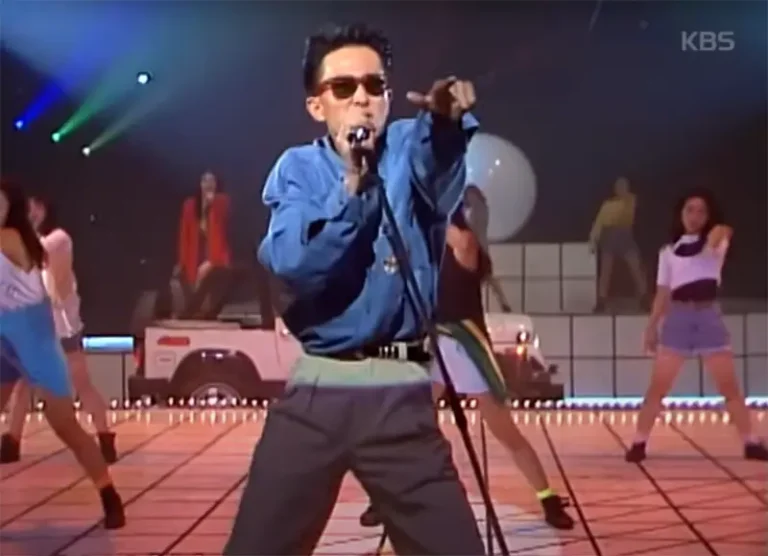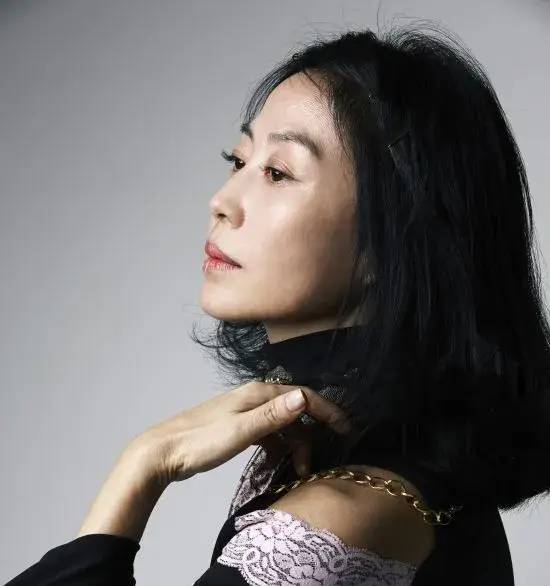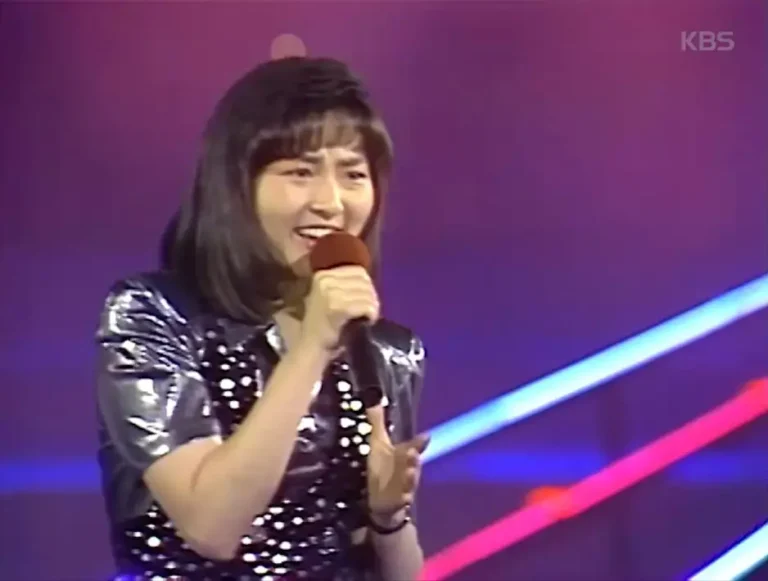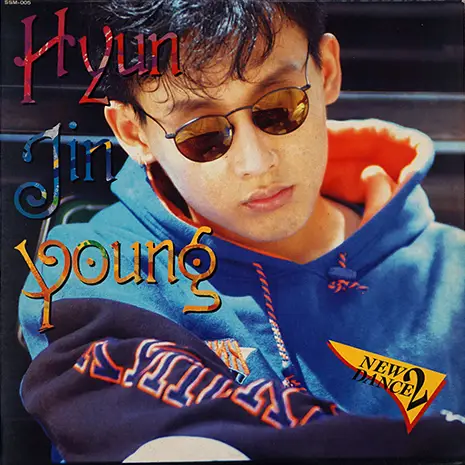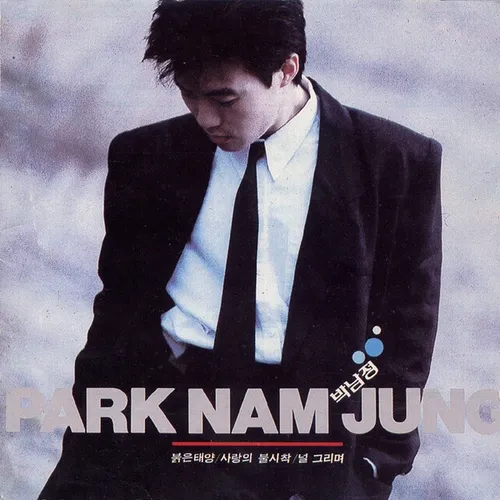
Park Nam-jung is a pioneering South Korean singer, songwriter, and dancer who rose to stardom in the late 1980s and early 1990s, earning the nickname “the Michael Jackson of Korea.” He is widely regarded as one of the original idols and dance music legends in Korean pop history, leaving an indelible mark on the industry through his innovative choreography, distinctive vocals, and hit-making prowess.
Early Life and Musical Foundations
Born on April 19, 1966, in Seoul, Park Nam-jung showed musical talent from a young age. He attended Seoul’s Hwagok Elementary and Middle Schools and Sangmun High School before enrolling in theology at Sungkyul University, though he did not complete his degree. His early musical training was shaped by his experience as a member of the Seonmyeonghoe Children’s Choir and later the MBC Choir from 1985 to 1987. This choral background provided him with a solid foundation in vocal technique, harmony, and performance, distinguishing him from many of his contemporaries.
Dazzling Debut and Meteoric Rise
Park debuted in 1988 with his first album, “Ah! Baramiyeo” (“Ah! The Wind”), and immediately made waves in the Korean music scene. His debut single showcased not only his powerful vocals but also his dynamic dance moves, notably the “robot dance,” which captivated audiences and set a new standard for stage performance. The following year, he released his second album, which included the iconic hit “Neol Geurimyeo” (“Thinking of You”). This song, along with “Sarangui Bulsichak” (“Crash Landing of Love”), became nationwide sensations, dominating music charts and variety shows.
Park’s choreography was as influential as his music. His “ㄱㄴ dance” (named after the Korean alphabet letters due to the angular arm movements) became a cultural phenomenon, with fans across the country imitating his moves. His performances on “Gayo Top 10,” the premier music program of the era, earned him five consecutive weeks at No.1, culminating in the prestigious “Golden Cup” award. Notably, both “Neol Geurimyeo” and “Sarangui Bulsichak” achieved this feat, making Park one of the few artists to receive two Golden Cups from a single album, a distinction previously held only by legends like Cho Yong-pil.
Musical Versatility and Artistic Growth
While Park Nam-jung is best remembered as a dance music icon, his artistry extends far beyond choreography. He is a skilled musician, writing and composing many of his own songs, including his biggest hits. His unique voice—instantly recognizable for its bright timbre and expressive delivery—allowed him to navigate a range of genres, from upbeat dance tracks to emotional ballads.
Park was also an innovator in incorporating rap and new musical styles into his work. In his third album (1990), he introduced rap verses in songs like “Meolli Boine” (“Looks Far Away”), a bold move at a time when rap was still a novelty in Korean pop. He continued this experimentation in later albums, notably with “Bie Seuchin Naldeul” (“Days Brushed by Rain”) in his fifth album (1992), which featured advanced rap techniques for its time.
Peak Popularity and Cultural Impact
The late 1980s and early 1990s marked the height of Park Nam-jung’s career. He was not just a popular singer but a cultural icon, setting trends in fashion, dance, and youth culture. His clean-cut appearance, stylish outfits, and energetic performances made him a favorite among young fans, especially teenage girls. He was often mentioned alongside Kim Wan-sun as one of the era’s defining solo idols, dominating the charts and media landscape.
Park’s influence extended beyond music. He formed the backup dance team “Friends,” whose members included future stars Lee Juno and Yang Hyun-suk, both of whom would later join Seo Taiji and Boys, the group that revolutionized K-pop. This connection highlights Park’s role in shaping the next generation of Korean pop artists.
His success was recognized with numerous awards, including the KBS Top 10 Singer Award, MBC Music Awards, and the Golden Disc Award. In 1989, he was at the peak of his fame, often juggling more than ten schedules a day and consistently being the top choice for TV and concert bookings.
Challenges and Artistic Integrity
Despite his immense popularity, Park Nam-jung faced significant challenges. The pressures of constant public attention and the physical demands of his performances led to exhaustion. In 1989, at the height of his career, he made the bold decision to temporarily withdraw from television, focusing instead on radio and live stage performances. This move reflected his desire for artistic growth and a break from the relentless pace of idol life.
During this period, Park explored new creative avenues, including acting. He starred in the film “Saengangjwi Sangnyukjakjeon” (“Operation Rat Invasion”) and appeared in the movie adaptation of the popular comic “Yeongsimi.” His willingness to take risks and try new things demonstrated his versatility as an entertainer.
Enduring Legacy and Later Career
Park Nam-jung’s influence on Korean pop culture is profound. He is often credited with laying the groundwork for the idol system and dance music trends that would later define K-pop. His innovative choreography, musical experimentation, and dedication to live performance set new standards for the industry.
Even after his initial heyday, Park continued to release music, with albums such as “Meoreojineun Neo” (“You Who Are Getting Farther Away”) and “Gajima” (“Don’t Go”) in the 1990s. He remained active in concerts, variety shows, and special TV appearances, consistently impressing audiences with his undiminished dance skills and vocal prowess.
In recognition of his contributions, Park has received numerous honors, including the Model Entertainer Award at the 16th Korea Culture and Entertainment Awards in 2008 and the Special Grand Prize at the National Best Regional Development Awards in 2024. He is celebrated not only for his musical achievements but also for his professionalism, humility, and positive influence on the industry.
Personal Life and Family
Park Nam-jung is also known for his close-knit family. He is married with two daughters, the elder of whom, Park Si-eun, has followed in his footsteps as an entertainer. Park Si-eun debuted as a child actress and later became the main vocalist of the popular girl group STAYC, continuing the family’s musical legacy. Park has often spoken about the importance of family and has appeared on television with his wife and daughters, sharing insights into his personal life and values.
Continued Relevance and Influence
Park remains a beloved figure in Korean entertainment, frequently appearing on music programs, variety shows, and nostalgia-themed broadcasts. His classic hits are regularly covered by younger artists, and his signature dances are still taught and performed today. He is often invited to mentor or judge on talent shows, where his experience and insight are highly valued.
Park’s story is one of perseverance, innovation, and enduring passion for music. He has navigated the changing tides of the Korean music industry with grace, continually adapting while staying true to his artistic vision. His contributions have paved the way for countless artists, and his legacy as a pioneer of K-pop and dance music is firmly established.
Conclusion
Park Nam-jung is more than just a singer or dancer—he is a trailblazer whose creativity, talent, and work ethic have shaped the course of Korean popular music. From his groundbreaking debut to his continued presence on stage and screen, Park has inspired generations of fans and artists alike. His journey reflects the evolution of K-pop itself, from its early days of live performance and choreography to its current status as a global phenomenon. As a living legend, Park Nam-jung’s influence will continue to be felt for years to come, both in Korea and beyond.
